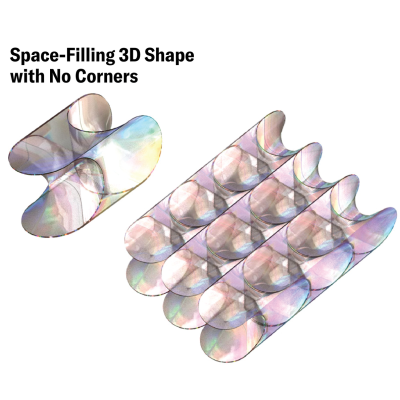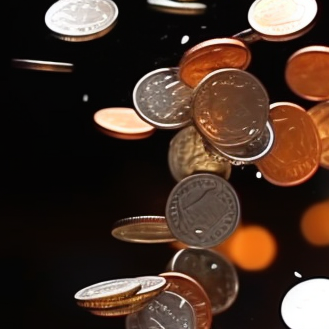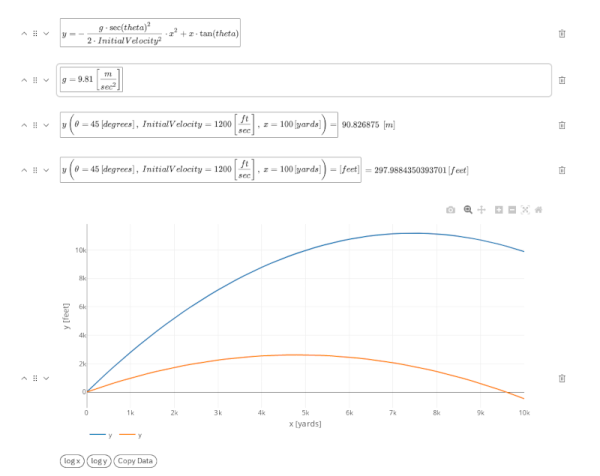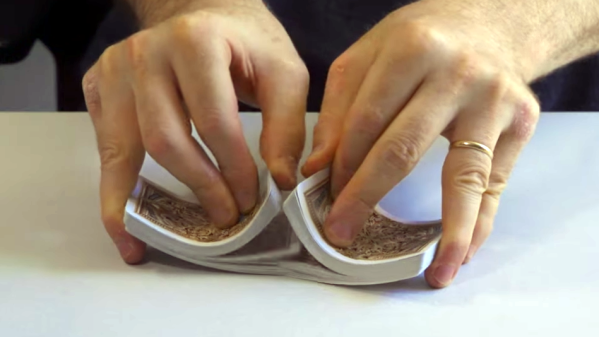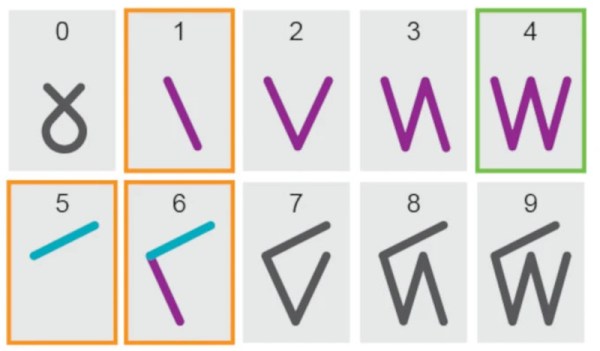If you’re new to the world of circular math, you might be content with referring to pi as 3.14. If you’re getting a little more busy with geometry, science, or engineering, you might have tacked on a few extra decimal places in your usual calculations. But what about the big dogs? How many decimal places do NASA use?
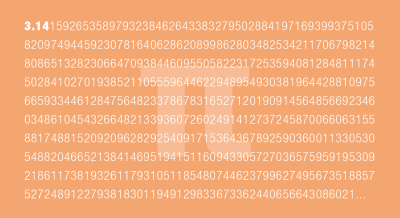
Thankfully, the US space agency has been kind enough to answer that question. For the highest precision calculations, which are used for interplanetary navigation, NASA uses 3.141592653589793 — that’s fifteen decimal places.
The reason why is quite simple, going into any greater precision is unnecessary. The article demonstrates this by calculating the circumference of a circle with a radius equal to the distance between Earth and our most distant spacecraft, Voyager 1. Using the formula C=2pir with fifteen decimal places of pi, you’d only be off on the true circumference of the circle by a centimeter or so. On solar scales, there’s no need to go further.
Ultimately, though, you can calculate pi to a much greater precision. We’ve seen it done to 10 trillion digits, an effort which flirts with the latest Marvel movies for the title of pure irrelevance. If you’ve done it better or faster, don’t hesitate to let us know!




